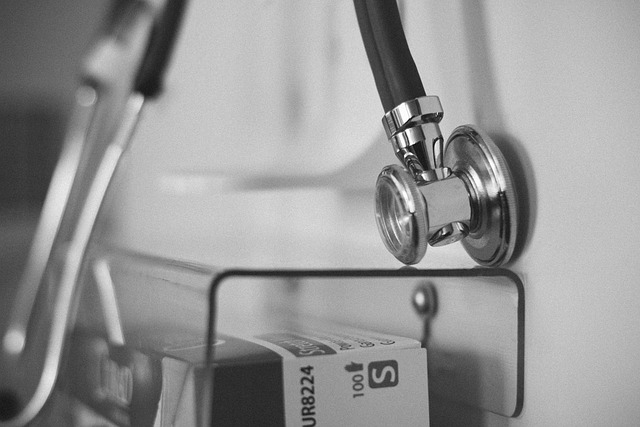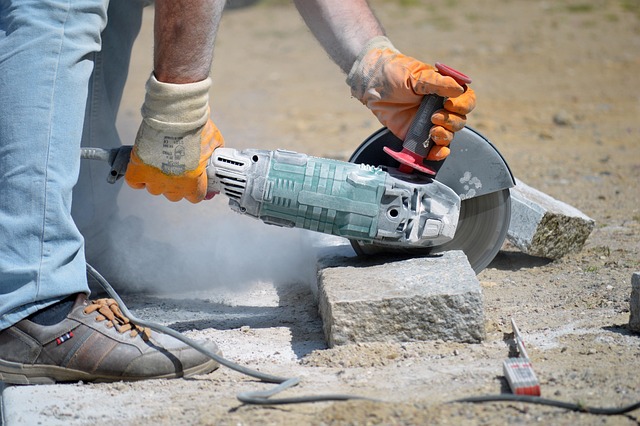Unleash optimal system performance by leveraging advanced Select Diagnostic Tools for thorough hardware and software analysis. These tools identify bottlenecks, optimize resource allocation, and enhance workflows through real-time monitoring of key metrics and network traffic. Integrate data from online health assessment platforms, environmental health monitors, and specialized equipment like cardiac diagnostic gear for proactive optimizations. Regular maintenance, including software updates and hardware checks, powered by these tools, ensures peak system operation and a competitive edge across sectors.
Unleash the full potential of your system with these proven strategies. This article guides you through a comprehensive approach to optimize your system performance, ensuring every component works in harmony. Learn how to identify and resolve bottlenecks using advanced diagnostic tools, fine-tune your system configuration for peak efficiency, and implement regular monitoring and maintenance routines to keep your system running at its best. Discover the key steps to transform underperforming systems into reliable workhorses.
- Identify Bottlenecks and Performance Issues with Advanced Tools
- Optimize System Configuration for Maximum Efficiency
- Implement Regular Monitoring and Maintenance for Continuous Improvement
Identify Bottlenecks and Performance Issues with Advanced Tools

Unleashing peak system performance requires a deep understanding of where bottlenecks and performance issues lie. In today’s digital era, navigating through complex systems can be facilitated by leveraging advanced diagnostic tools. These select tools, such as telemedicine screening platforms and lab-quality diagnostics at home, empower professionals to identify and rectify problems within the system more efficiently than ever before. By employing otolaryngology screening equipment, healthcare providers can gain invaluable insights into system performance, enabling them to make data-driven decisions that enhance overall efficiency.
Through careful analysis using these diagnostic tools, organizations can uncover hidden inefficiencies and bottlenecks that might be hindering peak performance. Armed with this knowledge, they can strategically allocate resources, optimize workflows, and implement targeted solutions to streamline operations. This proactive approach ensures systems are not just functioning at their current capacity but continually evolving to meet the demands of a dynamic environment.
Optimize System Configuration for Maximum Efficiency

To unleash peak system performance, optimizing your configuration is key. Start by assessing your hardware and software components with advanced diagnostic tools that offer detailed insights into system bottlenecks and underutilized resources. These tools can help you make informed decisions about resource allocation, such as identifying redundant processes consuming precious CPU cycles or memory leaks slowing down critical applications. By addressing these issues, you free up resources for tasks demanding maximum efficiency.
Additionally, leverage online health assessment platforms and environmental health monitors to track system performance metrics in real-time. These platforms provide a comprehensive view of resource utilization, network traffic, and potential security threats. Integrating this data into your optimization strategy allows for proactive interventions, ensuring that your system operates at its optimal level, with support from cardiac diagnostic equipment for critical health checks where necessary.
Implement Regular Monitoring and Maintenance for Continuous Improvement

Regular monitoring and maintenance are essential components of any peak system performance strategy. By implementing robust processes to track key metrics and identify areas for improvement, organizations can ensure their systems operate at optimal levels. This involves selecting and utilizing diagnostic tools tailored to specific needs—whether it’s digital diagnostics for chronic conditions, cardiac diagnostic equipment for healthcare, or food safety diagnostic labs in the culinary industry.
These tools enable continuous improvement by providing real-time data and insights into system performance. Regular maintenance schedules, including software updates, hardware checks, and preventive measures, are crucial to keeping systems efficient and reliable. Through consistent monitoring, organizations can proactively address potential issues before they escalate, thereby enhancing overall system performance and ensuring a competitive edge in their respective fields.
By identifying bottlenecks using advanced tools, optimizing system configurations for efficiency, and implementing regular monitoring and maintenance, you can significantly enhance your peak system performance. These strategies ensure continuous improvement, allowing your system to adapt and excel in today’s dynamic environment. When selecting diagnostic tools, remember that the right resources can be a game-changer in navigating complex systems and unlocking their full potential.
